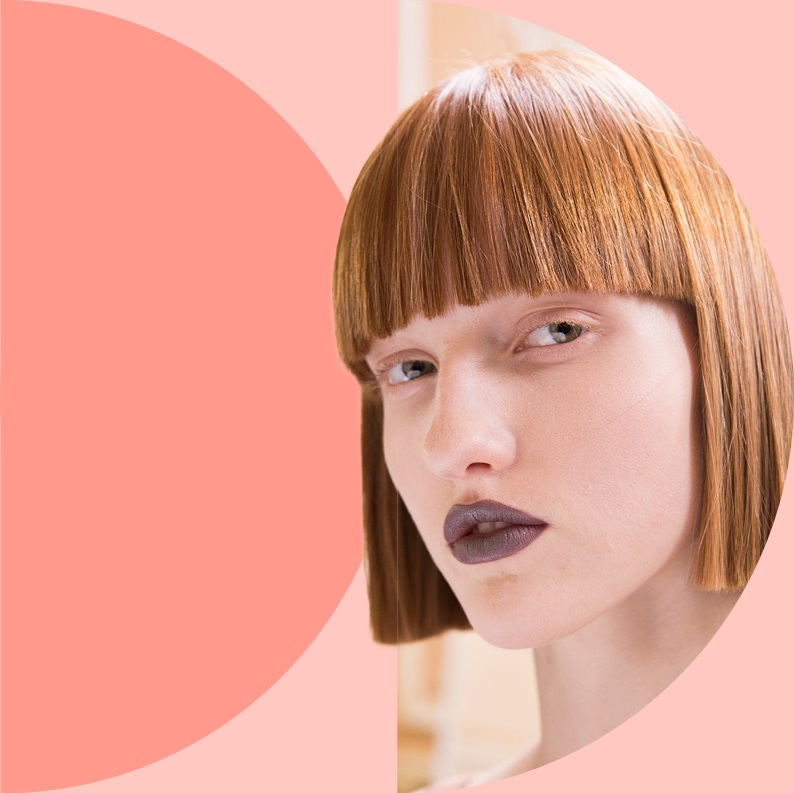
Empowering the Textured Hair Community
Published 12 July 2023
As addressed in Black Beauty in Focus, the Black haircare market – a segment worth $1.6bn in the US (Mintel, 2021) – is largely overlooked and needs better representation in mainstream beauty. Winnie Awa, founder of artificial-intelligence-(AI)-driven London-based haircare personalisation platform Carra, created the Texture Gap report to better equip beauty industry leaders with data and knowledge of type 4 textured hair consumers.
Empowering the Textured Hair Community


Topics

Want to see the full report?
Offering access to over 350 consumer and cross-industry reports annually, Stylus Membership is your window to tomorrow’s most exciting opportunities.
We already arm more than 500 of the world’s most forward-thinking brands and agencies with the creative insights they need to make transformative business decisions.
We’d love to do the same for you.
Book a demo with us today to discover more.
More Reports From Stylus
More Reports From Stylus
Beauty Validations A/W 25/26
We revisit our three Beauty Directions for Autumn/Winter 2025/26 – Simplicity, Borderless and











